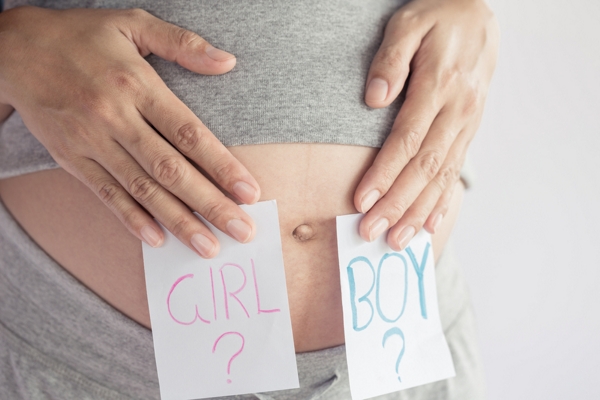PGD, PGS and Gender Selection
Why Cancun?
Although PGD is a necessary treatment for many parents-to-be, numerous countries and states throughout the world do not allow these services due to local laws or unavailability at infertility clinics. However, sex selection, PGD and PGS is legal and accepted here in Cancun so we are happy to be able to provide these services to you and your family. When you entrust your confidence in us, you will receive the highest quality care at every step of the way. Our highly trained specialists are kept to international standards in terms of both clinical care and ethical concerns. They provide the support and advice you need to ensure your comfort and safety as we work together to achieve success.

What to Expect with Sex Selection
There are two types of procedures that can be used for sex selection: Ericson method and PGD for Gender Selection. Ericson method involves separating the X and Y chromosomes (the Ericsson technique) into the sperm samples. We can also select embryos that have been developed with female or male DNA with preimplantation genetic diagnosis, or PGD. PGD is the most commonly used procedure to determine the sex of your baby because of its high accuracy rate, at 99%. No matter which procedure is right for you, you will be provided with all of the information you need to make an informed decision. Any questions you have about your care and your growing family will be answered at every step of the way. At FC Americas, your peace of mind and the health of your family are always our top priorities.
Is PGD Right for You?
PGD is often recommended in cases where the parents-to-be either desire a baby of a specific sex, or they are at risk of passing a genetic disease to their baby. There is a 1-2 percent risk of false positive or false negative results, but these risks typically outweigh the benefits for:
- Couples with a family history of sex-linked disorders
- Couples with inherited chromosome disorders
- Carriers or an autosomal recessive or dominant condition
What Is the Difference Between PGS and PGD?
If either partner is a carrier or the baby is at risk, PGD will diagnose embryos for genetic disorders such as Sickle Cell or Cystic Fibrosis. In some cases, our fertility specialists may recommend Preimplantation Genetic Screening (PGS) in addition to or as an alternative for PGD. PGS screens the embryos for chromosomal abnormalities in order to be able to use only chromosomally normal embryos for IVF cycles. Both of these procedures have high success rates, at 98 to 99 percent, leaving very little chance for false results.
Is PGS Right for You?
Abnormal embryos never result in a healthy, full-term pregnancy, and PGS can help prevent these embryos from being used during an IVF cycle by diagnosing them prior to insemination with little risk to the baby. This procedure is commonly recommended for:
- Severe male factor infertility
- Recurrent IVF failure
- Older age
- Large number of embryos
The Ericsson Technique
The Ericsson technique for sex selection separates the male sperm from the slower female sperm. After separation, the sperm of the desired sex can be used with either in vitro fertilization (IVF) or artificial insemination to help in the conception of a child of a specific sex.
The technique has been used since the seventies and uses the speed of the sperm to determine whether it is male or female. Sperm with the X chromosome, or female sperm, swim more slowly than those with the Y chromosome, or male sperm. A sperm sample will be collected and then washed to remove dead cells. It will then be placed into a test tube with a heavy salt and protein solution to separate the male and female cells. Once the sperm has been separated, the sperm of the desired sex can be used for insemination.
This method is 76 to 80 percent successful in choosing male sperm and between 73 and 75 percent successful in choosing female sperm, making it a highly reliable sex selection option for parents-to-be.